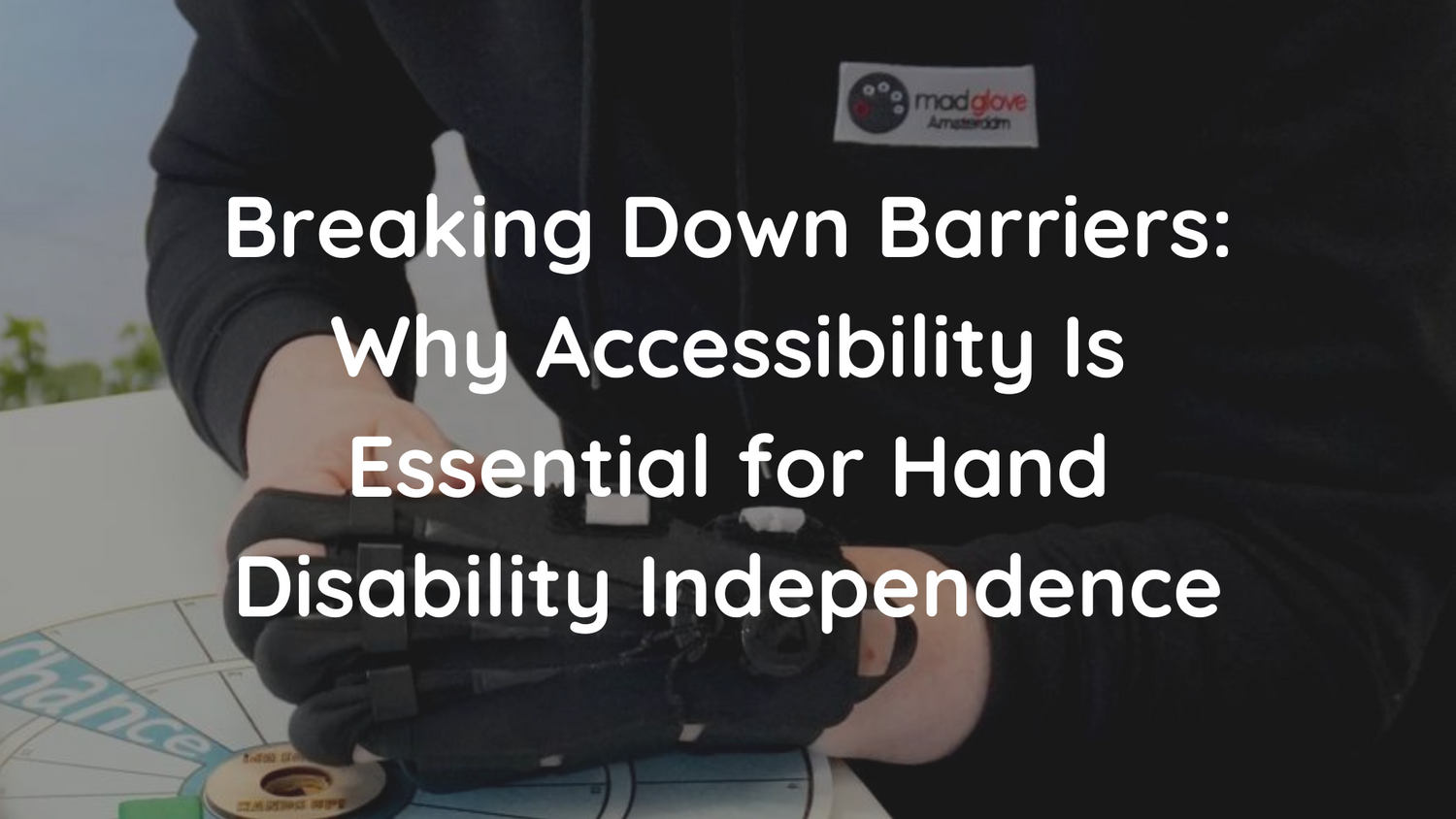What steps can you take to prevent a stroke?
Did you know that while age and family history are non-modifiable risk factors, there are several other factors you can control to lower your stroke risk?
We - the Madglove team- believe that understanding these factors is the first step towards effective stroke prevention. Let’s dive deeper into key methods that can help you or your close ones implement crucial habits that may lead to longer, healthier, and stroke risk-free life! Learn how to prevent stroke by understanding stroke risk factors and discovering strategies to live a healthier life!
How to Prevent Stroke: Key Strategies
Strokes can be life-altering, but by managing certain risk factors, you can significantly reduce your chances of experiencing one. Here are some practical tips to help you get started on your journey to stroke prevention.
1. Lower Blood Pressure
High blood pressure is a significant stroke risk factor, doubling or even quadrupling your chances if left uncontrolled. Monitoring and maintaining healthy blood pressure is crucial.
Main Goal: Aim for a blood pressure reading below 120/80, though a slightly higher target like 140/90 might be appropriate for some individuals.
How to Achieve It:
- Reduce dietary salt to less than 1,500 mg per day.
- Avoid high-cholesterol foods like burgers, cheese, and ice cream.
- Eat plenty of fruits, vegetables, whole grains, and low-fat dairy.
- Exercise for at least 30 minutes daily.
- Quit smoking if you currently do.
- Consider blood pressure medications if necessary.

2. Control Your Weight
Obesity increases stroke risk due to associated conditions like high blood pressure and diabetes. Controlling and paying attention to your weight can make a significant difference. Additionally, increase your physical activity since regular exercise helps reduce weight and blood pressure and is an independent factor in stroke prevention.
Main Goal: Aim for a body mass index (BMI) of 25 or less and try to include active habits to exercise at a moderate intensity at least five days a week.
How to Achieve It:
- Control daily calorie intake based on your activity level and BMI.
- Increase physical activity through regular exercise.
- Take daily walks.
- Join a fitness club with friends.
- Aim for activities that get you breathing hard but still able to talk.
3. Blood sugar levels
High blood sugar levels damage blood vessels over time, making clots more likely which can later lead to a higher risk of stroke occurrence.
Main Goal: Keep blood sugar levels within the recommended range.
How to Achieve It:
- Regularly monitor blood sugar levels.
- Use diet, exercise, and medications as advised by your doctor.

4. Quit Smoking
Smoking accelerates clot formation and increases plaque buildup in arteries, significantly raising stroke risk. The best solution is therefore eliminate smoking completely from your life.
Main Goal: Stop smoking completely.
How to Achieve It:
- Seek advice and support from your doctor.
- Utilize smoking cessation aids and counseling.
- Persevere through multiple attempts if necessary.
It is also beneficial to keep in mind the most common stroke signs so that it’s possible to react fast! Just keep in mind the F.A.S.T approach!
Recognizing Stroke Signs: Act F.A.S.T.
Knowing the signs of a stroke and acting quickly can save lives. Use the acronym F.A.S.T. to remember:
- Face drooping
- Arm weakness
- Speech difficulty
- Time to call emergency services
Final Thoughts from the Madglove Team:
Preventing a stroke involves understanding and managing your risk factors effectively. By taking proactive steps such as lowering blood pressure, losing weight, exercising regularly, and quitting smoking, you can significantly reduce your stroke risk. Remember, knowledge is power, and making informed lifestyle changes today can help prevent a stroke tomorrow. Stay healthy and proactive!
Follow us on our other social platforms to stay informed about our latest pieces and other knowledge resources!

Resources: https://www.strokeinfo.org/reducing-stroke-risk/
https://www.health.harvard.edu/womens-health/8-things-you-can-do-to-prevent-a-stroke
https://www.stroke.org/en/help-and-support/resource-library/lets-talk-about-stroke/risk-factors





